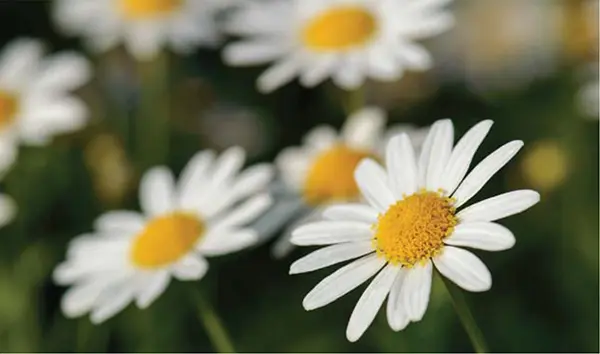
Exploring the Origins
Chamomile, native to Europe and the Mediterranean, is an aromatic herb in the Asteraceae family. The most widely used variety is German chamomile (Matricaria recutita). Its daisy-like flowers with white petals and yellow centers are the primary source of its benefits. The name ‘chamomile’ derives from the Greek words ‘khamai’, meaning ‘on the ground’, and ‘melon’, meaning ‘apple’.
Historical Significance and Lore
Chamomile has been a staple in ancient Egyptian, Greek, and Roman medicine, primarily for fever and women’s health. Notably praised for its positive impact on other plants, chamomile was also used to flavor Spanish sherry, particularly the Roman chamomile variety.
Healing Uses
Chamomile is celebrated for its calming effects. Drinking chamomile tea aids digestion, relieves stomach discomfort, and promotes restful sleep. Inhaling steam from chamomile-infused boiling water treats fevers, colds, and flu. Applied externally, it helps heal burns, skin infections, and hemorrhoids. Chamomile essential oil is known for soothing sore muscles.
Magical Uses
In magical practices, chamomile is associated with abundance and money spells. It’s used in curse removal when steeped with basil and sprinkled water. Dried chamomile flowers spread around the home offer protection and ward off negativity. Bathing in chamomile-infused water is believed to attract love.
Personal and Spiritual Growth
Chamomile assists in times of anxiety, difficulty, or trauma, providing a sedative effect that calms the mind. It’s beneficial during meditation, creating a sense of peace and centeredness. Use chamomile incense for a tranquil, comforting atmosphere.
